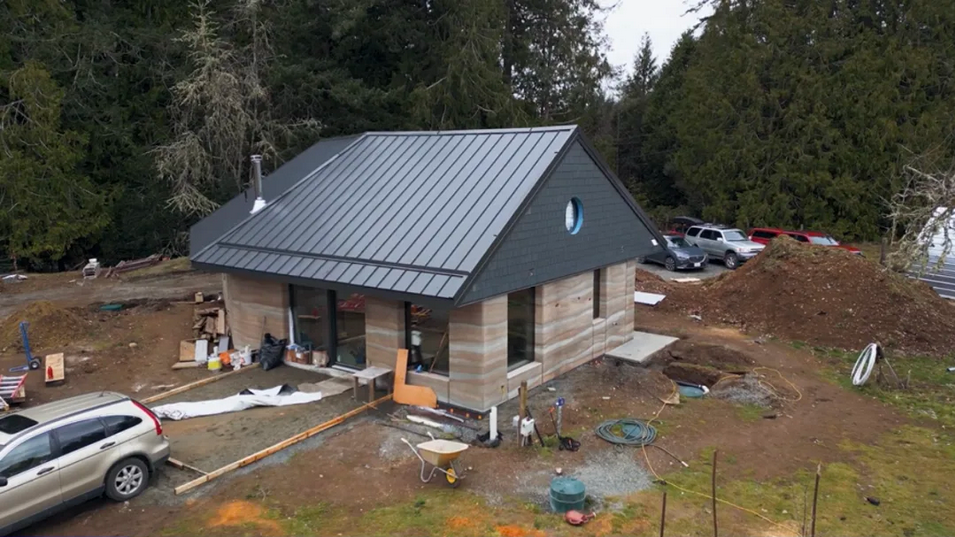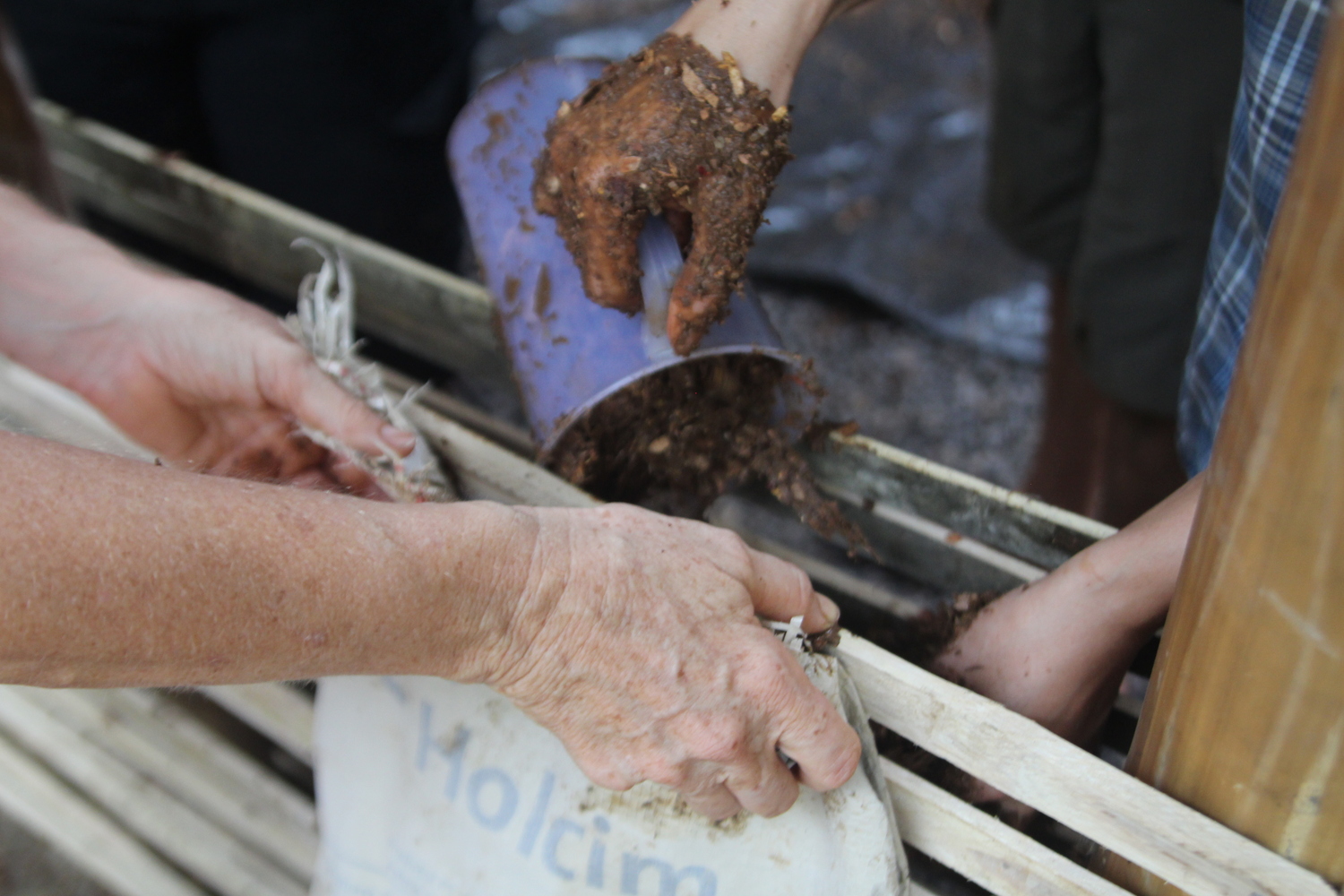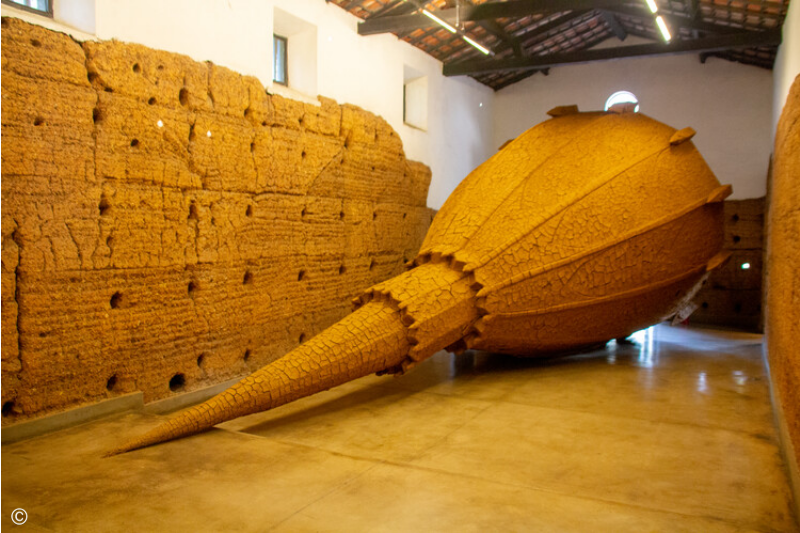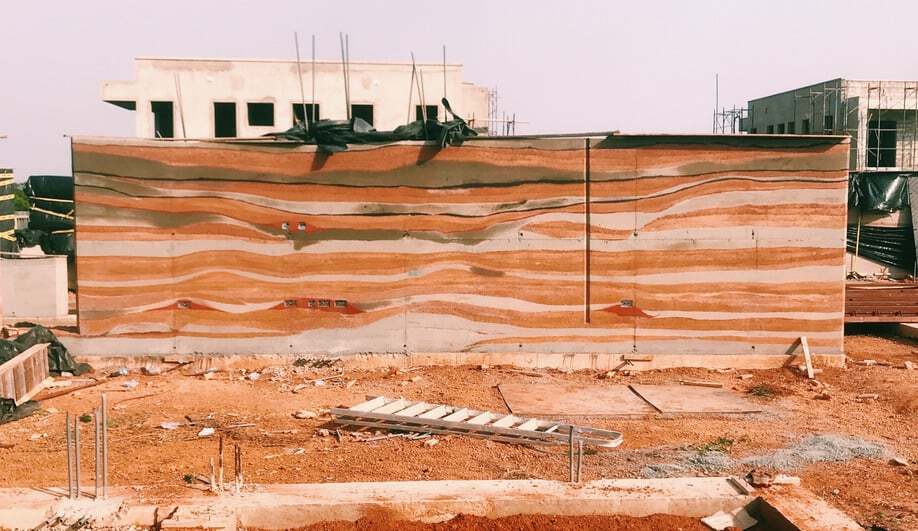Rammed Earth Housing in Canada
Tony Johnson runs Earth House Holdings in Sooke, B.C., Canada. He specializes in rammed earth like his own house featured here. He used steel rebar and wool insulation, which results in exceptional strength when it comes to earthquakes and a much more insulated envelope for the colder Canadian climate. It is extremely energy efficient due … Read more




